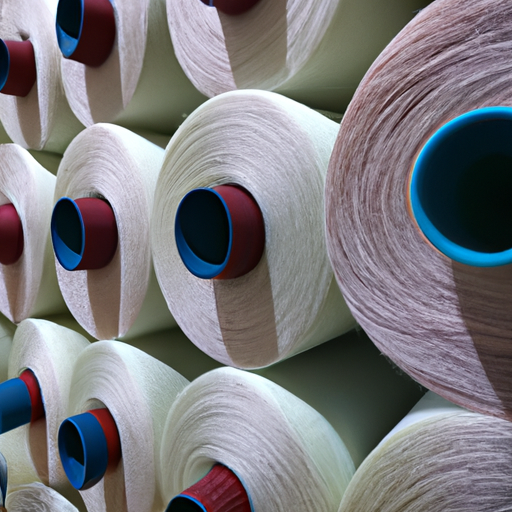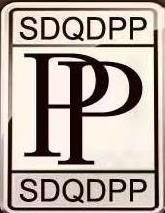Exploring the Benefits of Bonded Fiber Fabric Painting for Creative Projects
Fiber fabric painting is a creative and versatile art form that can be used to create a variety of unique and beautiful pieces. Bonded fiber fabric painting is a specialized technique that involves bonding a layer of fabric to a substrate, such as canvas, wood, or paper, and then painting on the fabric. This technique offers a number of benefits for creative projects, including increased durability, improved texture, and greater flexibility.
One of the primary benefits of bonded fiber fabric painting is increased durability. By bonding the fabric to the substrate, the fabric is better able to withstand wear and tear, making it ideal for projects that will be used or displayed for a long period of time. This technique also helps to protect the fabric from fading or discoloration due to exposure to light or other environmental factors.
Another benefit of bonded fiber fabric painting is improved texture. The fabric is able to retain its shape and texture better than if it were simply painted on the substrate. This can be especially beneficial for projects that require intricate details or patterns, as the fabric will be able to hold its shape better than if it were painted directly onto the substrate.
Finally, bonded fiber fabric painting offers greater flexibility. The fabric can be manipulated and shaped to create unique designs and patterns. This can be especially useful for projects that require a more complex design or pattern. Additionally, the fabric can be easily removed and replaced if needed, allowing for greater flexibility in the design process.
Overall, bonded fiber fabric painting offers a number of benefits for creative projects. This technique provides increased durability, improved texture, and greater flexibility, making it an ideal choice for a variety of projects. With its many advantages, bonded fiber fabric painting is an excellent choice for any creative project.
How to Choose the Right Wool Felt Roll for Your Crafts
When it comes to crafting, wool felt rolls are a great choice for a variety of projects. Wool felt is a versatile material that can be used for a variety of applications, from making clothing to creating decorations. However, with so many different types of wool felt rolls available, it can be difficult to know which one is right for your project. Here are some tips to help you choose the right wool felt roll for your crafts.
First, consider the thickness of the felt. Wool felt rolls come in a variety of thicknesses, ranging from very thin to very thick. Depending on the type of project you are working on, you may need a thicker or thinner felt. For example, if you are making a stuffed animal, you may need a thicker felt to provide enough support. On the other hand, if you are making a small decoration, you may need a thinner felt to ensure that it is lightweight.
Next, consider the color of the felt. Wool felt rolls come in a variety of colors, from bright and vibrant to muted and subtle. Depending on the look you are going for, you may need to choose a specific color. For example, if you are making a bright and colorful decoration, you may want to choose a bright and vibrant felt. On the other hand, if you are making a more subtle decoration, you may want to choose a muted and subtle felt.
Finally, consider the texture of the felt. Wool felt rolls come in a variety of textures, from soft and smooth to rough and textured. Depending on the type of project you are working on, you may need a specific texture. For example, if you are making a stuffed animal, you may need a softer and smoother felt to ensure that it is comfortable. On the other hand, if you are making a decoration, you may need a rougher and more textured felt to give it a unique look.
By considering the thickness, color, and texture of the felt, you can easily find the right wool felt roll for your project. With the right felt, you can create beautiful and unique crafts that will last for years to come.
An Overview of Factory Processing in China for Textile Manufacturing
China is one of the world’s leading producers of textiles, and its factories are responsible for a large portion of the world’s textile production. The factory processing of textiles in China is a complex and intricate process that involves a variety of steps.
The first step in the factory processing of textiles in China is the selection of raw materials. This includes the selection of fibers, yarns, and fabrics. The selection of raw materials is based on the desired end product, and the quality of the raw materials is carefully inspected to ensure that the finished product meets the desired specifications.
Once the raw materials have been selected, they are then sent to the spinning and weaving departments. In the spinning department, the raw materials are spun into yarns, which are then woven into fabrics. The weaving process is highly automated and is done using a variety of machines.
The next step in the factory processing of textiles in China is the dyeing and finishing process. This involves the application of dyes and other chemicals to the fabrics to give them the desired color and texture. The fabrics are then dried and pressed to give them the desired shape and size.
The final step in the factory processing of textiles in China is the inspection and packaging process. This involves the inspection of the fabrics to ensure that they meet the desired specifications. The fabrics are then packaged and shipped to the customer.
The factory processing of textiles in China is a complex and intricate process that requires a great deal of skill and expertise. The quality of the finished product is highly dependent on the quality of the raw materials, the skill of the workers, and the quality of the machinery used. As such, it is important to ensure that the factory processing of textiles in China is done properly in order to ensure the highest quality of the finished product.
